1. The Curse of King Tut’s Tomb
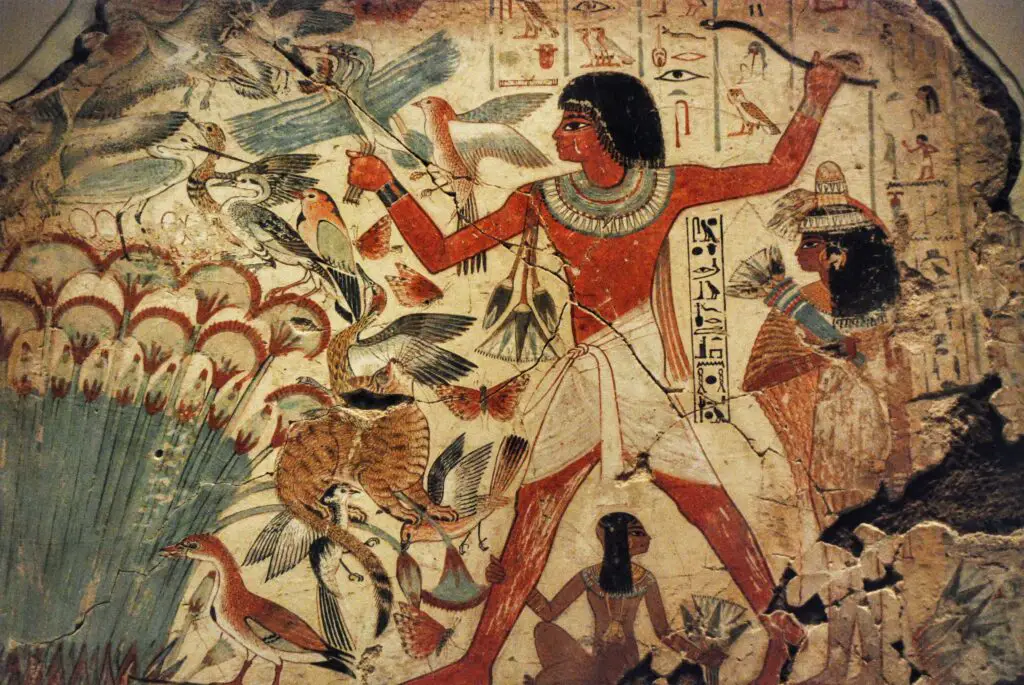
When Howard Carter opened King Tutankhamun’s tomb in 1922, stories of a deadly curse spread like wildfire. Several people connected to the dig died under mysterious circumstances, including Lord Carnarvon, the financial backer, who succumbed to blood poisoning shortly after the discovery. Newspapers quickly tied the deaths to a supposed “Pharaoh’s Curse,” which was said to strike down anyone who disturbed the boy king’s rest.
Though science later attributed the deaths to bacteria or coincidence, the legend stuck. Even today, some people believe Tut’s spirit wreaked havoc on those who invaded his tomb. Hollywood movies and documentaries have only fueled the superstition. It remains one of the most famous curses in modern imagination.
2. The Hope Diamond Curse

The glittering blue Hope Diamond is as famous for its beauty as it is for its supposed curse. Said to have been stolen from a sacred statue in India, the gem passed through royal hands in France before ending up in the United States. Along the way, misfortune followed its owners—bankruptcies, executions, and tragic deaths were often tied to it.
While skeptics dismiss the curse as a story to enhance the diamond’s mystique, its reputation lingers. Today, it rests safely in the Smithsonian, where no one has claimed to suffer ill effects. Still, the curse has become part of its enduring allure. Visitors often whisper about the diamond’s dark past as they peer into its glittering depths.
3. The Curse of Ötzi the Iceman
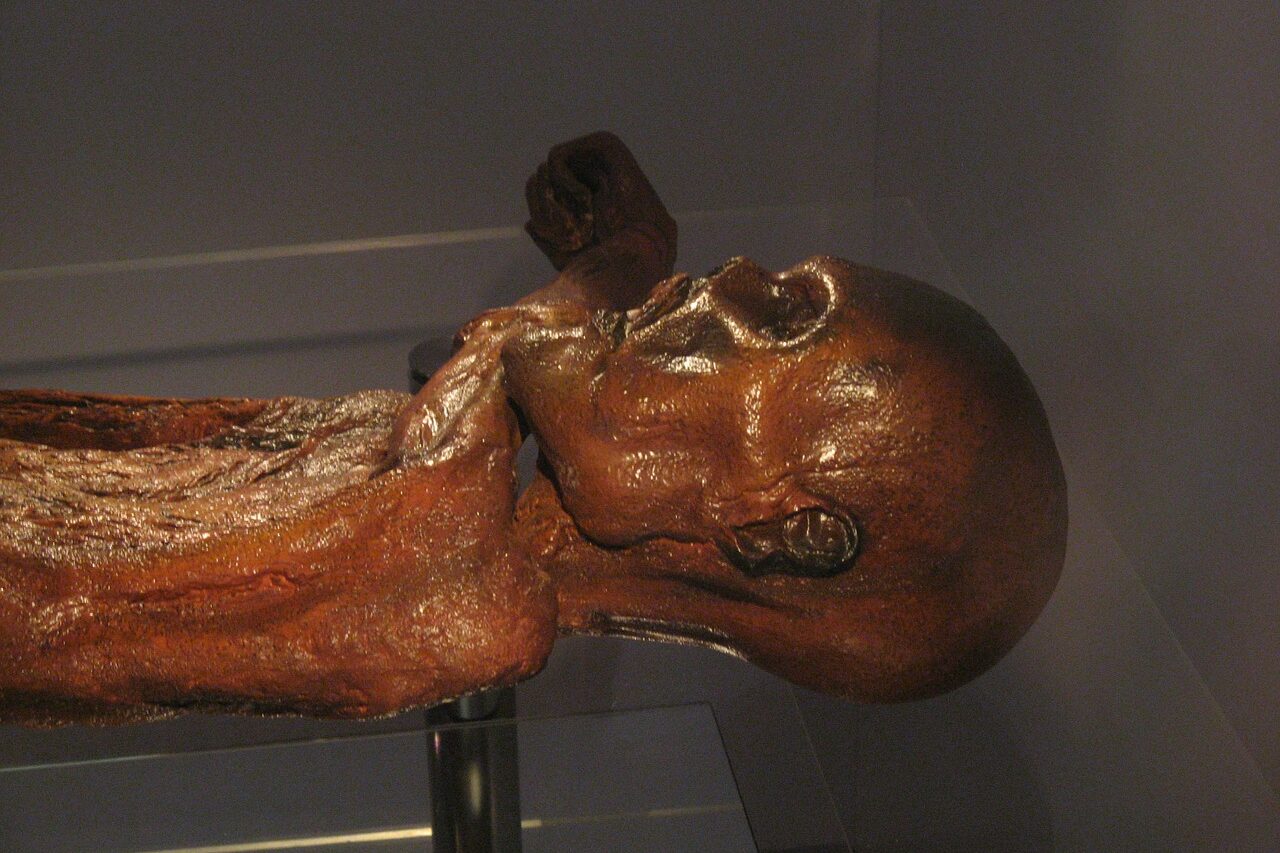
Ötzi, a 5,300-year-old mummy discovered in the Alps in 1991, quickly became famous not only for his preserved state but for the supposed curse tied to him. Over the years, several people connected to his discovery and study died unexpectedly, from accidents to sudden illness. The streak of deaths led many to believe that disturbing Ötzi brought bad luck.
While the number of deaths wasn’t extraordinary compared to how many people worked on the project, the idea of a mummy’s curse was irresistible. Documentaries and tabloids painted Ötzi as a vengeful figure from the past. Even now, hikers joke nervously about the Iceman’s wrath when trekking near the site of his discovery.
4. The Kennedy Curse

Unlike ancient tombs, this curse seems to haunt a modern dynasty. The Kennedy family has long been plagued by tragedies, from assassinations to plane crashes. The string of misfortunes stretching across generations led many to whisper about a “Kennedy Curse.”
Though some say it’s just a combination of bad luck and high visibility, others believe fate truly has it in for America’s “royal” family. The narrative has persisted for decades, woven into the mythology of the Kennedys themselves. Anytime tragedy strikes, people can’t resist bringing up the idea of the family’s supposed curse.
5. The Terracotta Army Curse
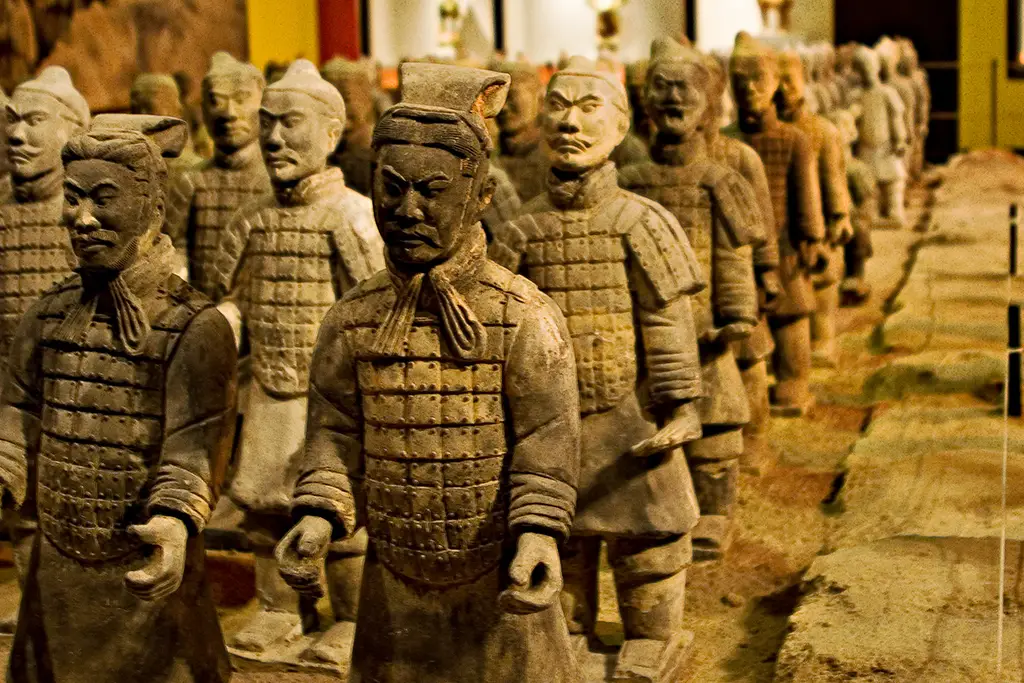
When farmers in China stumbled upon the Terracotta Army in 1974, it was considered one of the greatest archaeological finds in history. But the men who discovered it and their families didn’t fare as well. Many lost their homes to make way for excavation and struggled with poverty afterward.
This led to rumors of a curse from the army of clay soldiers meant to guard China’s first emperor. The story fits perfectly with the idea of tomb guardians punishing intruders. Even today, people sometimes wonder if the unrest around the site is tied to more than just politics and economics.
6. The Curse of Macbeth

Shakespeare’s Macbeth has been considered cursed for centuries, with actors refusing to even say its name inside a theater. Instead, they call it “The Scottish Play.” The legend claims that productions often suffer accidents, injuries, or even deaths.
The supposed curse dates back to when Shakespeare allegedly used real witchcraft incantations in the play. Whether that’s true or not, countless stories from theater history tell of disasters connected to performances. To this day, many actors still perform rituals to ward off the curse before stepping onstage.
7. The Curse of the Hopewell Rocks

Along Canada’s Bay of Fundy, the striking Hopewell Rocks are tied to local Indigenous legends about spirits. According to lore, those who disrespect the sacred site may bring bad luck upon themselves. Tourists have occasionally fueled the myth with stories of accidents or misfortunes after ignoring local warnings.
The Bay’s powerful tides themselves lend credence to the curse, as they can be dangerous for the unprepared. Science may explain the risks, but many still feel uneasy about angering ancient spirits. It’s a reminder of how folklore blends with natural danger to keep a curse alive.
8. The Curse of the Pharaoh Akhenaten
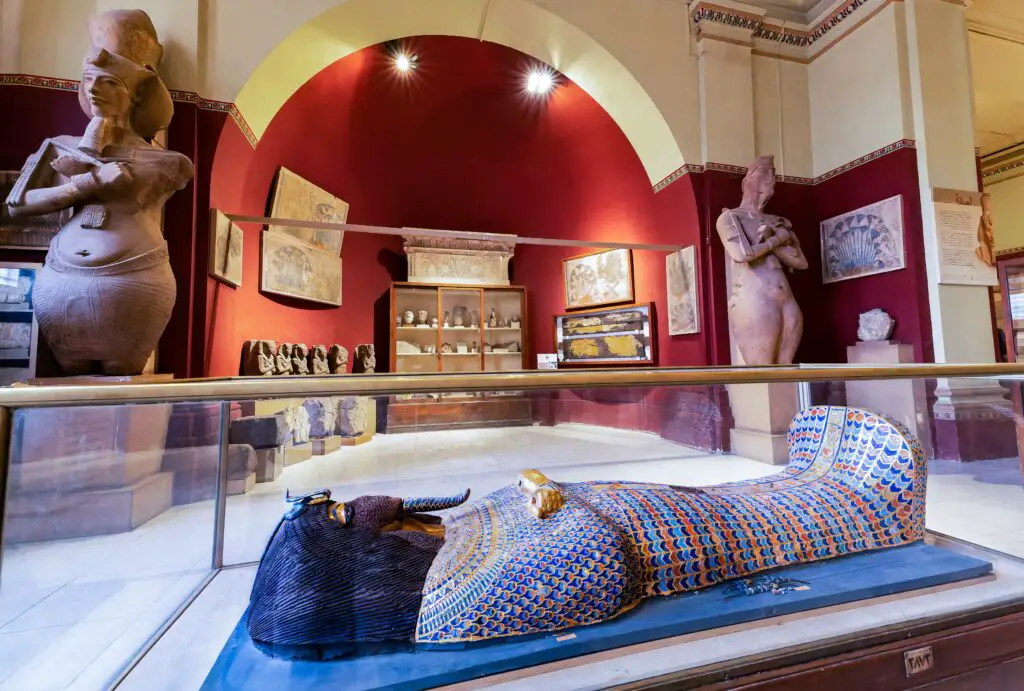
Before Tutankhamun, there was Akhenaten, the “heretic pharaoh” who tried to force Egypt into worshipping one god. His reign ended in chaos, and his legacy was largely erased. Some believe this erasure carried with it a curse, striking down those who later attempted to revive his story.
When modern archaeologists uncovered references to Akhenaten, strange illnesses and accidents were sometimes linked to their work. Though the evidence is thin, the aura of danger sticks to his name. His radical religious reforms may have angered both gods and men, creating the perfect atmosphere for a lingering curse.
9. The Curse of the Poltergeist Movies
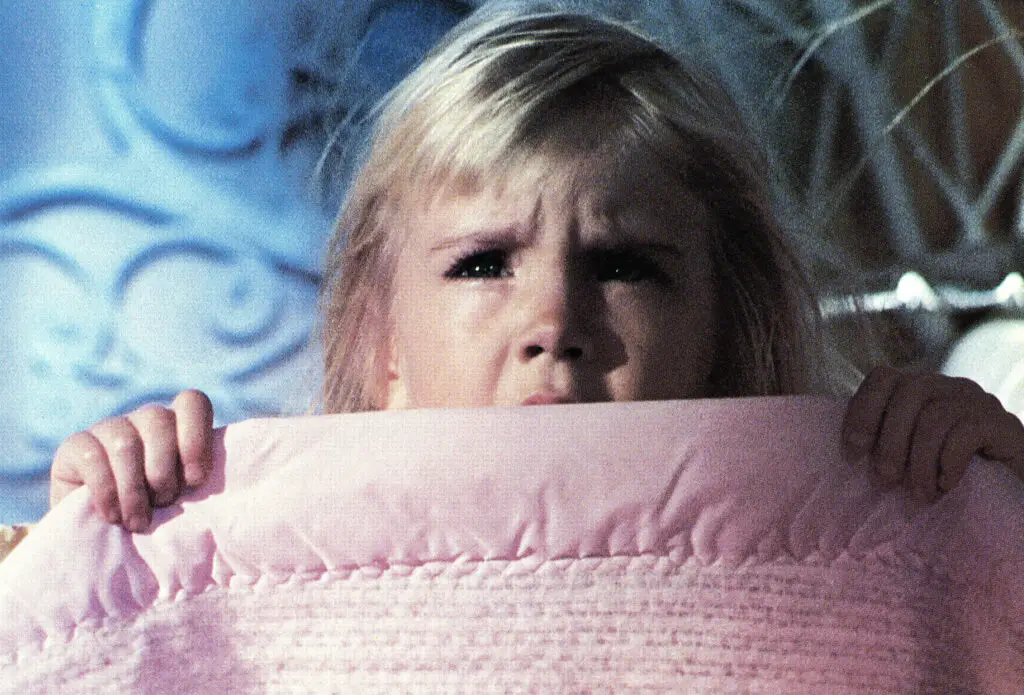
The Poltergeist film series became a horror classic, but behind the scenes, tragedy struck several cast members. Young actress Heather O’Rourke died at just 12 years old, and Dominique Dunne was murdered at 22. These events, along with other accidents, fueled talk of a curse on the films.
Fans pointed to the alleged use of real skeletons in filming as the cause. While critics call it coincidence, the pattern of misfortune has become part of the franchise’s legend. Whenever the films are rewatched, the chilling “curse” often comes up in conversations.
10. The 27 Club Curse

The so-called “27 Club” refers to musicians who died tragically at age 27—Jimi Hendrix, Janis Joplin, Jim Morrison, and later Kurt Cobain and Amy Winehouse. The pattern led to talk of a curse on talented artists who lived too fast and too young.
While the tragedies are often explained by the pressures of fame and lifestyle, the idea of a mystical curse has stuck. Fans sometimes nervously watch when their favorite artists reach that age. The 27 Club remains one of the most modern superstitions tied to fate and bad luck.
11. The Curse of Pele’s Rocks
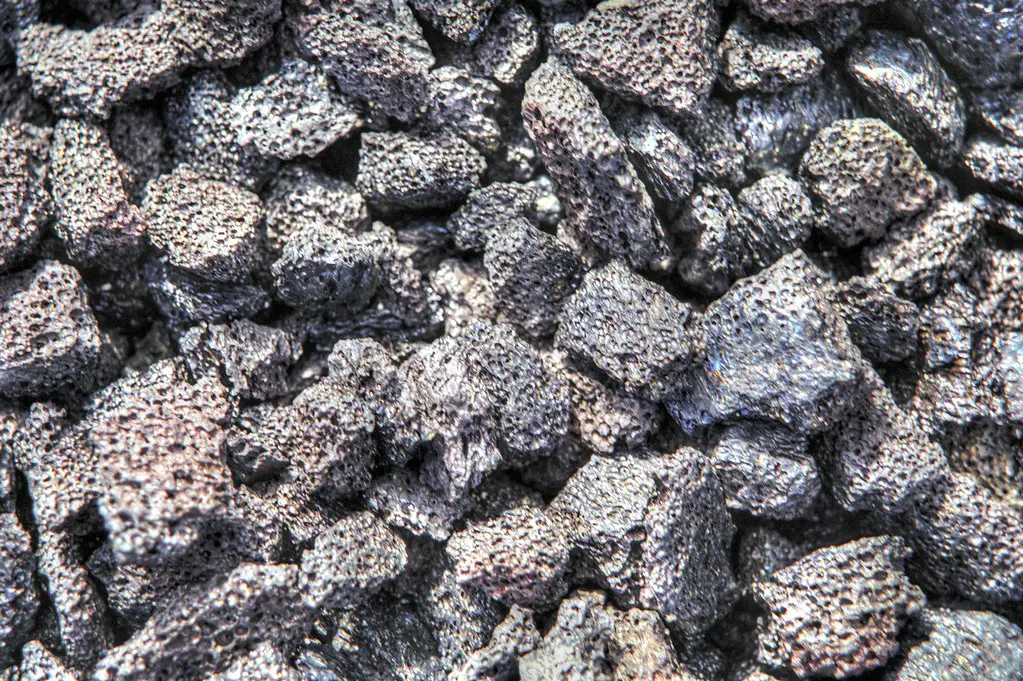
In Hawaii, tourists are warned never to take lava rocks from the islands, as they belong to the volcano goddess Pele. Despite the warning, people do—and many claim they experience terrible luck afterward. So many rocks are mailed back to Hawaii each year that postal workers joke about Pele’s wrath.
Scientists dismiss the curse as guilt and coincidence, but the tradition is strong. Locals respect Pele as a powerful force not to be angered. The story serves as a cultural warning about respecting nature and sacred land.
12. The Curse of the Tomb of Tamerlane
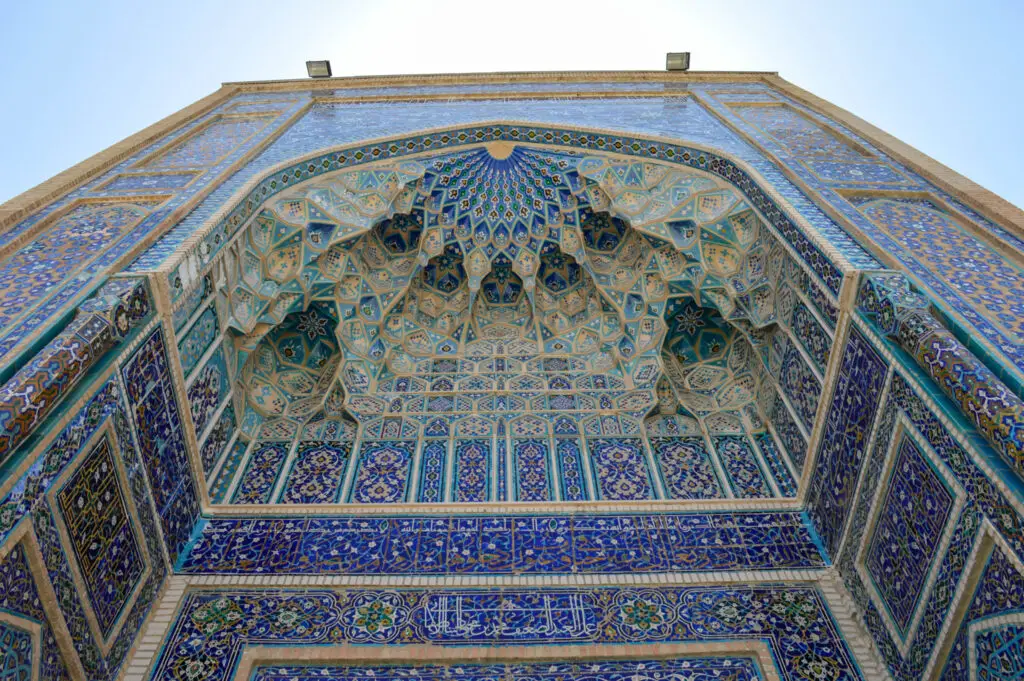
Tamerlane, a 14th-century conqueror, was buried in a tomb in Uzbekistan with an inscription warning that whoever disturbed it would unleash a terrible invader. In 1941, Soviet archaeologists opened the tomb—and just days later, Hitler launched Operation Barbarossa, invading the Soviet Union.
The timing convinced many that the curse was real. Later, Tamerlane’s remains were reburied with full rites, and soon afterward, the tide of war began to shift. To this day, people point to the eerie connection as proof of the curse’s power.
13. The Curse of the Crying Boy Painting
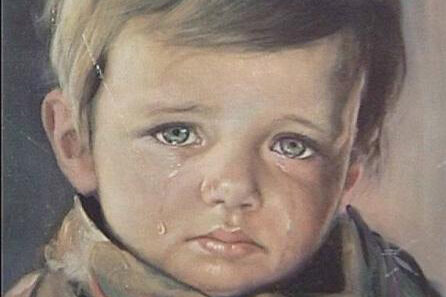
In the 1980s, British newspapers reported that homes with a copy of the “Crying Boy” painting were mysteriously catching fire. Strangely, the paintings often survived unscathed, adding fuel to the curse legend. Homeowners panicked, and many destroyed or returned their copies.
Though experts later explained that the paintings were coated to resist flames, the curse story spread far beyond Britain. Even today, people hesitate to hang the “Crying Boy” in their homes. The image of the sorrowful child is forever tied to tales of misfortune.
14. The Curse of the Koh-i-Noor Diamond

The Koh-i-Noor diamond, now part of the British Crown Jewels, has a bloody past. Passed between rulers in India, Persia, and Afghanistan, it was said to bring doom to any man who wore it. Battles and assassinations seemed to follow in its wake.
When the British acquired it in the 19th century, they made sure it was only worn by women, perhaps to dodge the curse. While it remains a dazzling gem on display, whispers of its unlucky reputation still linger. It’s a reminder that even treasures come with heavy baggage.
15. The Curse of Tippecanoe
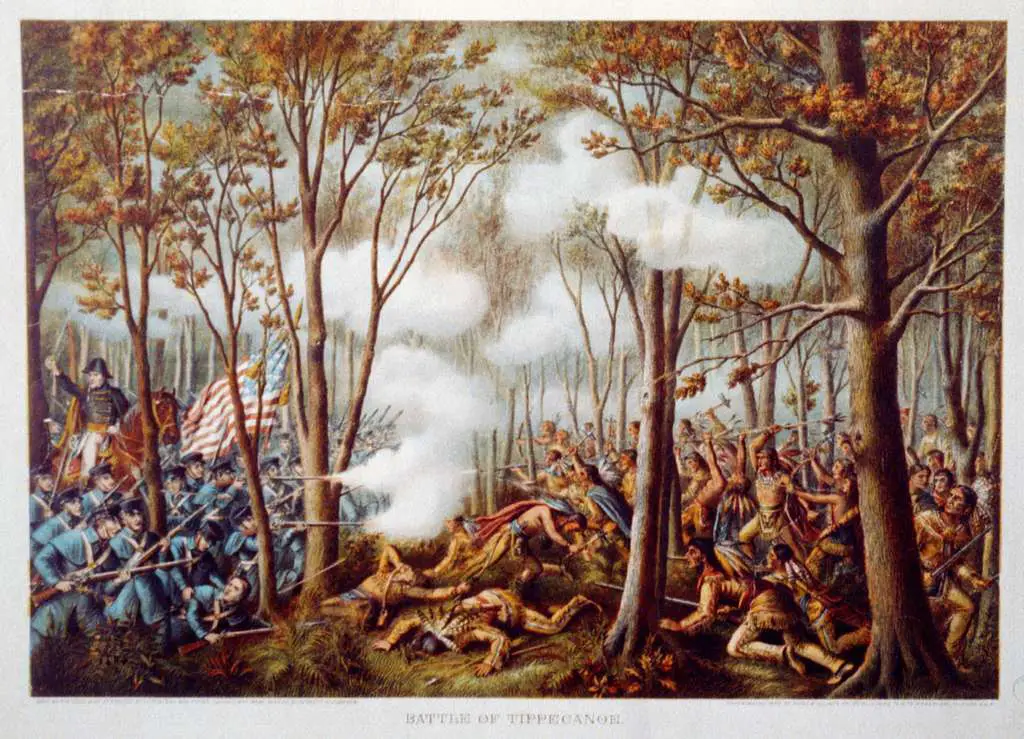
Also called Tecumseh’s Curse, this legend claims that U.S. presidents elected in years ending with zero would die in office. It began with William Henry Harrison in 1840 and continued eerily with Lincoln, Garfield, McKinley, and Kennedy. Ronald Reagan supposedly broke the curse when he survived an assassination attempt.
Some see it as coincidence, while others say Reagan’s survival showed the curse had been broken. Still, the chilling pattern kept alive the belief in supernatural fate. History buffs often bring it up during election years ending in zero.
16. The Curse of the Koh Ker Temple
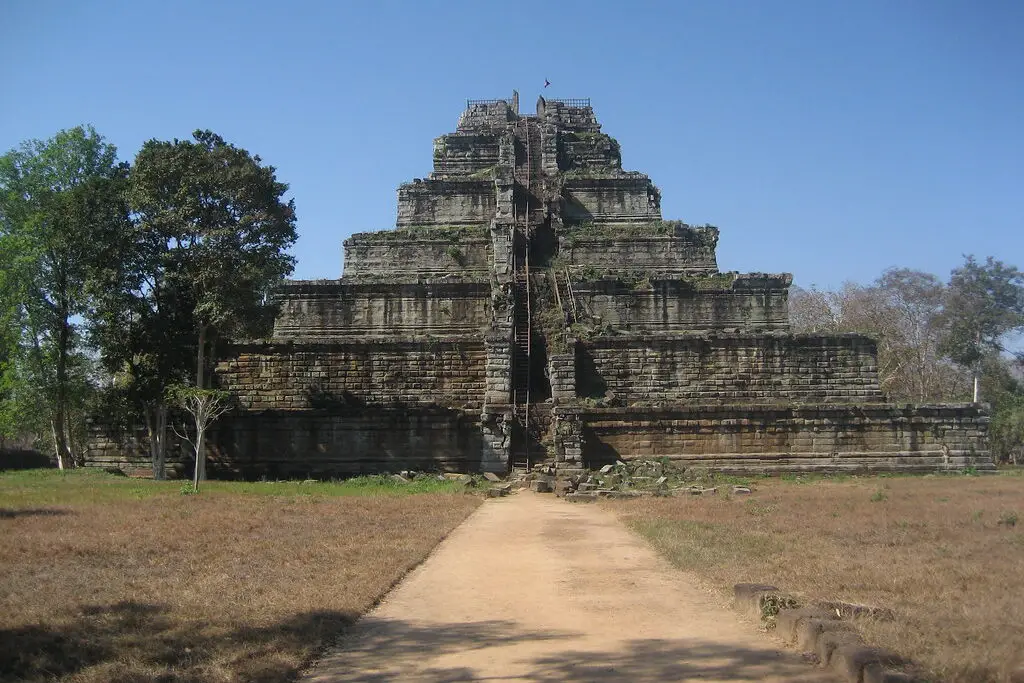
Deep in Cambodia’s jungle lies the ancient temple complex of Koh Ker, rumored to be cursed. Locals long avoided it, claiming spirits guarded the ruins. Visitors sometimes reported strange accidents or illnesses after exploring the site.
In truth, the temple grounds were riddled with landmines left from decades of conflict, which may explain the accidents. Yet the legend of the curse endures, wrapped in the mystique of the jungle. Today, even as it becomes safer, whispers of the temple’s dark aura remain.
